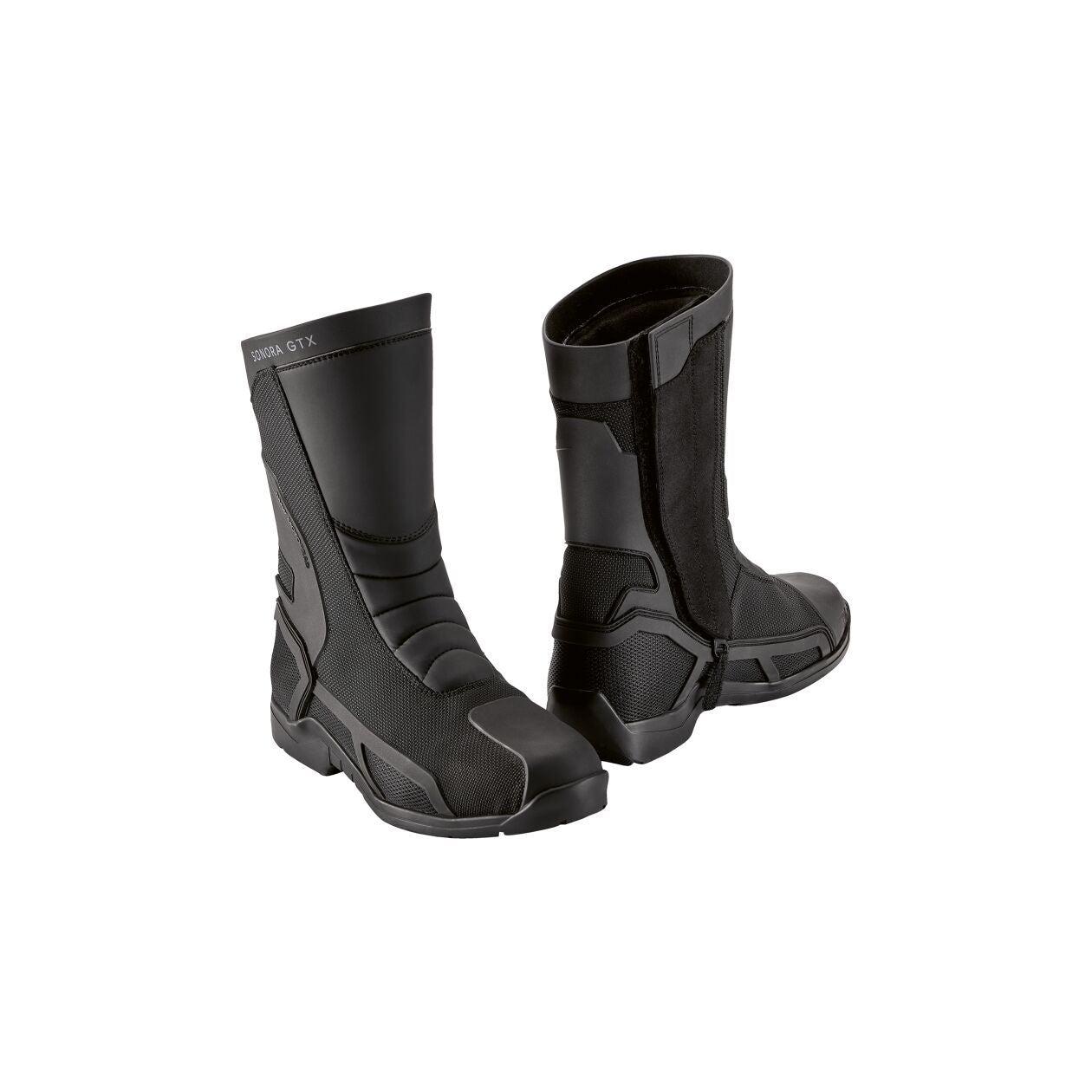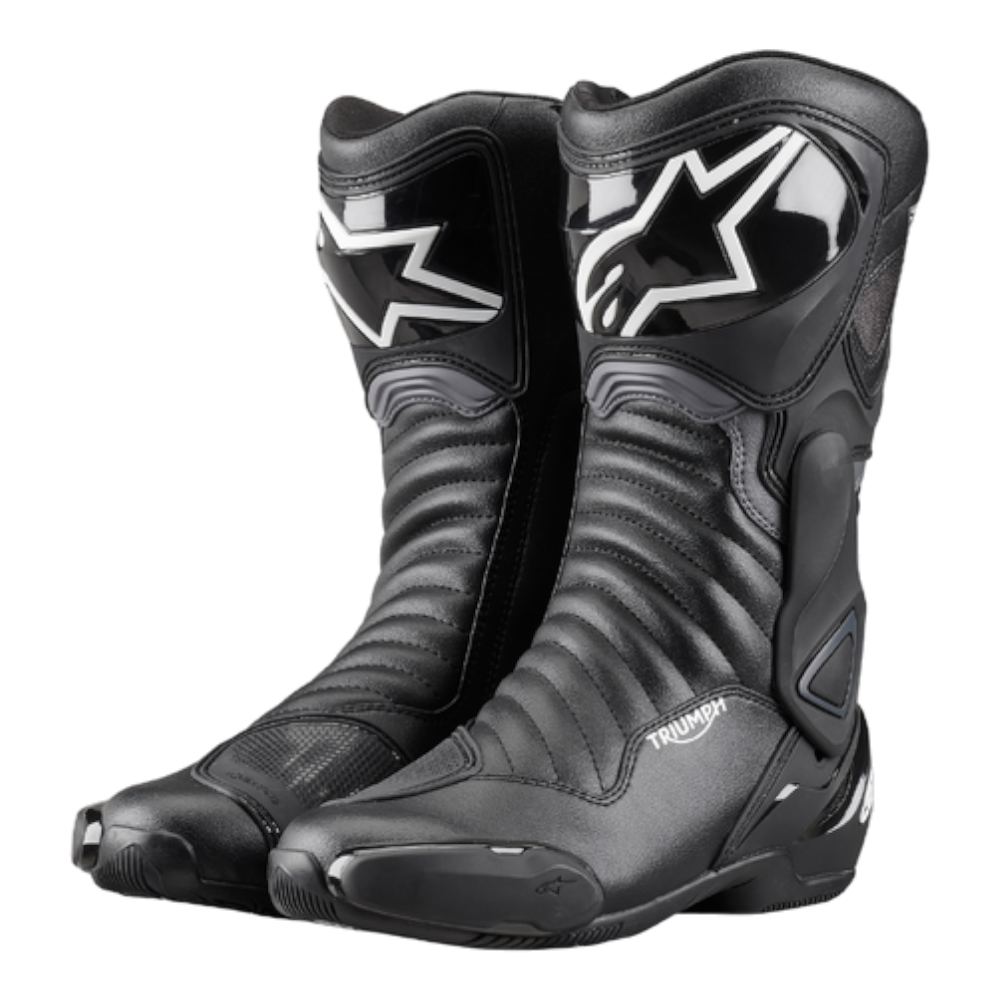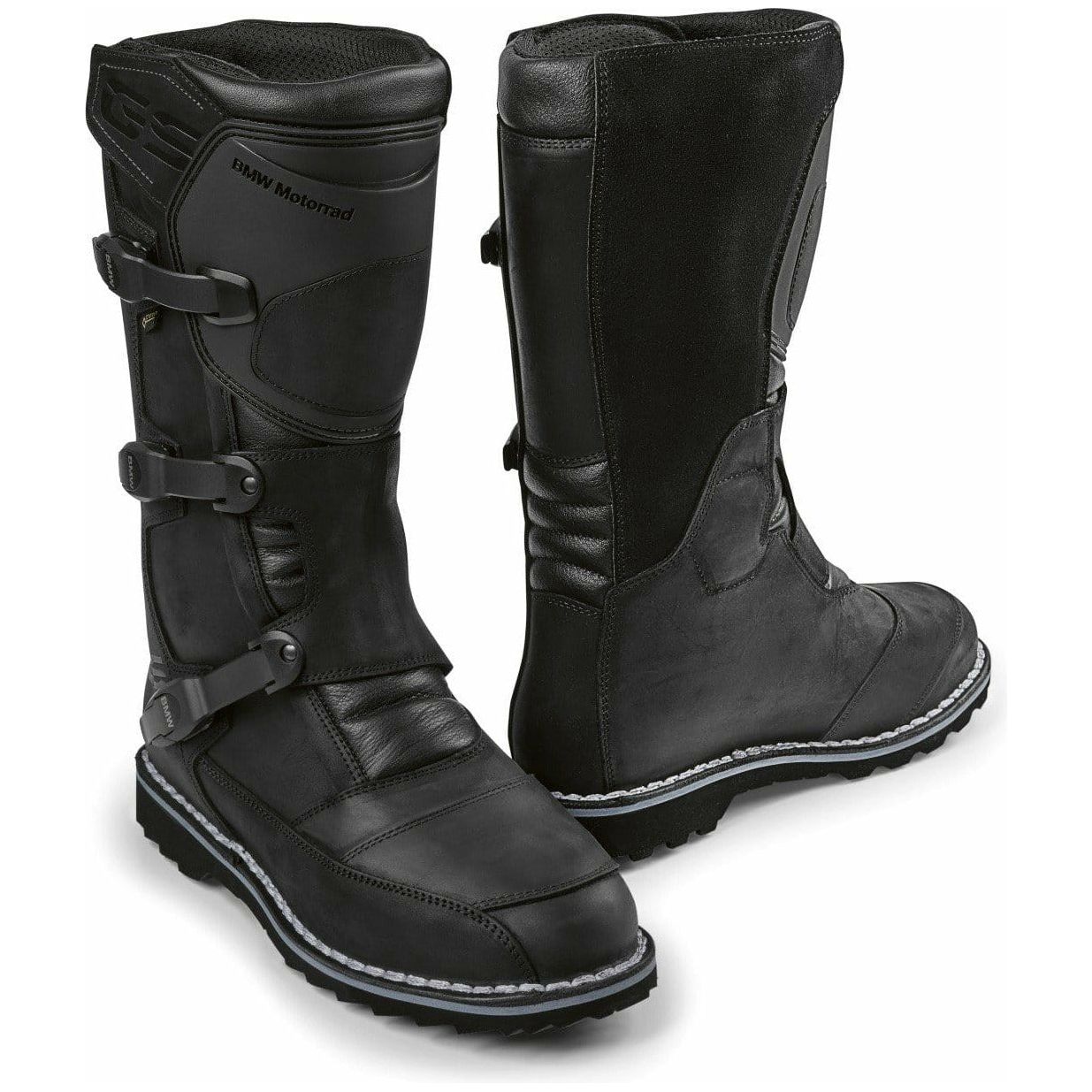The Evolution of Motorcycle Helmets
-
Classic Helmets:
- Early designs with leather and fiber materials
-
Shift to Full-Face Helmets:
- Comprehensive protection for head and face
-
Safety Standards:
- DOT regulations for helmet design and construction
-
Advanced Helmet Technology:
- Composite materials and superior impact absorption
-
Multi-Use Helmets:
- Modular and dual-sport helmets for various riding styles
-
Communication and Smart Helmets:
- Bluetooth, intercom systems, and smart features
-
Future Innovations:
- Adaptive safety systems and personalized comfort features
-
Conclusion:
- Commitment to rider safety and comfort
Title: The Evolution of Motorcycle Helmets: From Classic to High-Tech
Introduction:
In the realm of motorcycle riding, safety is paramount. Helmets play a crucial role in protecting riders from severe injuries in the event of an accident. Over the years, motorcycle helmets have undergone significant advancements in design, technology, and safety features, making them an essential piece of protective gear for every rider. This article delves into the evolution of motorcycle helmets, from their classic origins to contemporary high-tech marvels.Classic Motorcycle Helmets:
The early days of motorcycling saw the use of traditional leather and fiber-based helmets. These helmets, often referred to as "brain buckets," provided rudimentary protection. Essential features included padding, visors, and straps, serving basic functionality and protection. While these classic helmets offered some degree of safety, they had limitations in terms of impact resistance and coverage.The Shift towards Full-Face Helmets:
As motorcycling evolved, the need for increased protection became apparent. The introduction of full-face helmets marked a significant step forward in rider safety. These helmets offered comprehensive protection to the entire head, including the face and chin. The enclosed design of full-face helmets significantly reduced the risk of facial injuries and concussions, making them the standard choice for serious riders.Safety Standards and DOT Regulations:
The recognition of helmet effectiveness in preventing injuries led to the emergence of safety standards and regulations. The DOT (Department of Transportation) in the United States established standards for helmet design and construction, ensuring that helmets meet minimum safety requirements. These regulations have had a profound impact on the evolution of motorcycle helmets, raising the bar for safety and guiding manufacturers in designing helmets that meet or exceed these standards.
Title: BMW MOTORRAD SONORA GTX BOOTS BLACK
Price: £175.00
SHOP NOW
Advanced Helmet Technology:
Recent years have witnessed a surge in advanced helmet technology, driven by the continuous pursuit of enhanced safety and performance. The introduction of new materials, such as composite fibers and carbon fiber, has significantly improved the protective capabilities of helmets while reducing weight. Advanced manufacturing techniques have resulted in better helmet designs, superior impact-absorbing properties, and improved ventilation systems.Multi-Use and Multi-Purpose Helmets:
The demand for versatility and convenience has given rise to multi-use and multi-purpose helmets. Modular helmets, featuring removable chin bars, offer the flexibility to switch between full-face and open-face configurations, catering to different riding styles and conditions. Dual-sport helmets combine on-and off-road capabilities, enabling riders to tackle both paved roads and rugged terrains with confidence.Quote From Expert:
"Modern motorcycle helmets are a testament to the incredible advancements in safety and technology. The integration of high-performance materials and cutting-edge design principles has resulted in helmets that offer exceptional protection, comfort, and convenience. Riders can choose from a wide range of helmets tailored to their specific needs and riding styles, ensuring optimal safety and enjoyment on the road." - Andrew Wilson, Motorcycle Safety Expert.Communication and Smart Helmets:
The integration of communication technology into helmet design has revolutionized the riding experience. Modern helmets incorporate Bluetooth connectivity, intercom systems, and hands-free communication, allowing riders to stay connected with fellow riders, receive GPS directions, and access music and phone calls without compromising safety. The latest innovations in smart helmets include GPS navigation, voice control, and other advanced features, enhancing the overall riding experience.
Title: TRIUMPH X ALPINESTARS® - SMX-6 V2 PERFORMANCE RIDING BOOT
Price: £249.99
SHOP NOW
Future Innovations:
The future of motorcycle helmets holds the promise of even more advanced innovations. Adaptive safety systems, capable of adjusting protection levels based on riding conditions, are being explored. Active ventilation systems that automatically regulate airflow and temperature could improve rider comfort and safety. Personalized comfort features, tailored to the rider's head shape and preferences, are also on the horizon.Conclusion:
The evolution of motorcycle helmets has been a testament to the unwavering commitment to rider safety and comfort. From the classic leather helmets to contemporary high-tech marvels, the journey has been marked by advancements in materials, technology, and safety regulations. The importance of helmet usage cannot be overstated. Choosing a helmet that meets safety standards and fits the specific needs and preferences of the rider is crucial. With ongoing research and development, the future of motorcycle helmets holds the promise of even more innovative and groundbreaking safety features, enhancing the overall riding experience.For more information on motorcycle safety gear and accessories, visit our online store:
Outbound Links:

Title: BMW VENTUREGRIP GTX BMW BOOTS
Price: £317.00
SHOP NOW
Outline
- Title: The Evolution of Motorcycle Helmets: From Classic to High-Tech
- Introduction: Motorcycle helmet safety and advancements
- Classic Motorcycle Helmets: Traditional leather and fiber-based helmets
- The Shift towards Full-Face Helmets: Comprehensive head protection
- Safety Standards and DOT Regulations: Establishing minimum safety requirements
- Advanced Helmet Technology: Improved materials, designs, and ventilation
- Multi-Use and Multi-Purpose Helmets: Versatility and convenience
- Communication and Smart Helmets: Integrated technology for enhanced riding experience
- Future Innovations: Adaptive safety systems, personalized comfort features
- Conclusion: Importance of helmet usage, ongoing innovations, and store links
- Outbound Links: NHTSA links on helmet safety and DOT standards
FAQ
1. What are the main safety features of a motorcycle helmet?
Answer: The main safety features include a sturdy shell for impact protection, comfortable padding for energy absorption, a chin strap for secure fastening, and a visor to shield the eyes from wind and debris.
2. Are full-face helmets safer than open-face helmets?
Answer: Yes, full-face helmets offer more comprehensive protection by covering the entire head, including the face and chin, reducing the risk of facial injuries and concussions.
3. What is the DOT standard for motorcycle helmets?
Answer: The DOT (Department of Transportation) standard establishes minimum safety requirements for motorcycle helmets sold in the United States, ensuring they meet specific impact and penetration resistance criteria.
4. How do modern helmets incorporate advanced technology?
Answer: Modern helmets utilize advanced materials like composite fibers and carbon fiber for enhanced protection and weight reduction. They also integrate communication systems, allowing riders to stay connected with fellow riders and access GPS directions while riding.
5. What are the benefits of multi-use and multi-purpose helmets?
Answer: Multi-use helmets provide versatility by offering different configurations, such as modular helmets that can switch between full-face and open-face modes. Multi-purpose helmets combine on- and off-road capabilities, enabling riders to tackle various terrains.
6. How can I choose the right helmet for my needs?
Answer: Consider factors like helmet type (full-face, open-face, modular), fit (snug but comfortable), safety features, ventilation, and personal preferences, such as style and communication needs.
7. What are some upcoming innovations in helmet technology?
Answer: The future holds promise for adaptive safety systems that adjust protection levels based on riding conditions, active ventilation systems for improved comfort, and personalized comfort features tailored to riders' head shapes and preferences.
Explore More:
- Protect Your Noggin: Stylish Motorcycle Helmets to Make Heads Turn
- Layer Up in Style: Motorcycle Jackets for Every Ride
- Gear Up for Adventure: Discover Motorcycle Apparel That Moves With You
- Upgrade Your Ride: Explore Our Sleek Collection of Motorbike Helmets
- Feel the Grip: Browse Our Range of Premium Motorbike Gloves
- Slip Into Comfort: Explore Our Selection of Protective Motorcycle Pants
- Suzuki Savvy: Gear Up with Authentic Suzuki Apparel